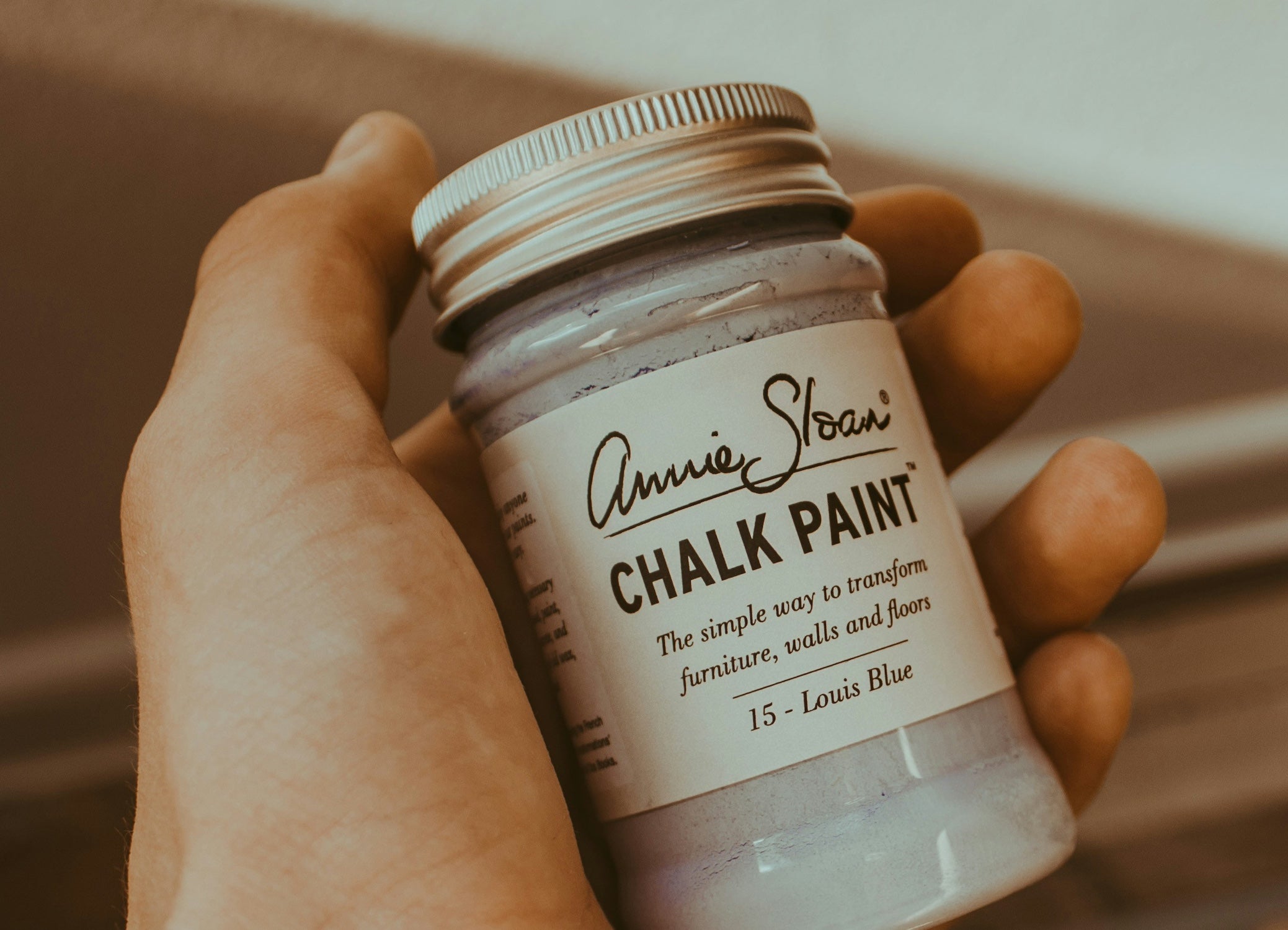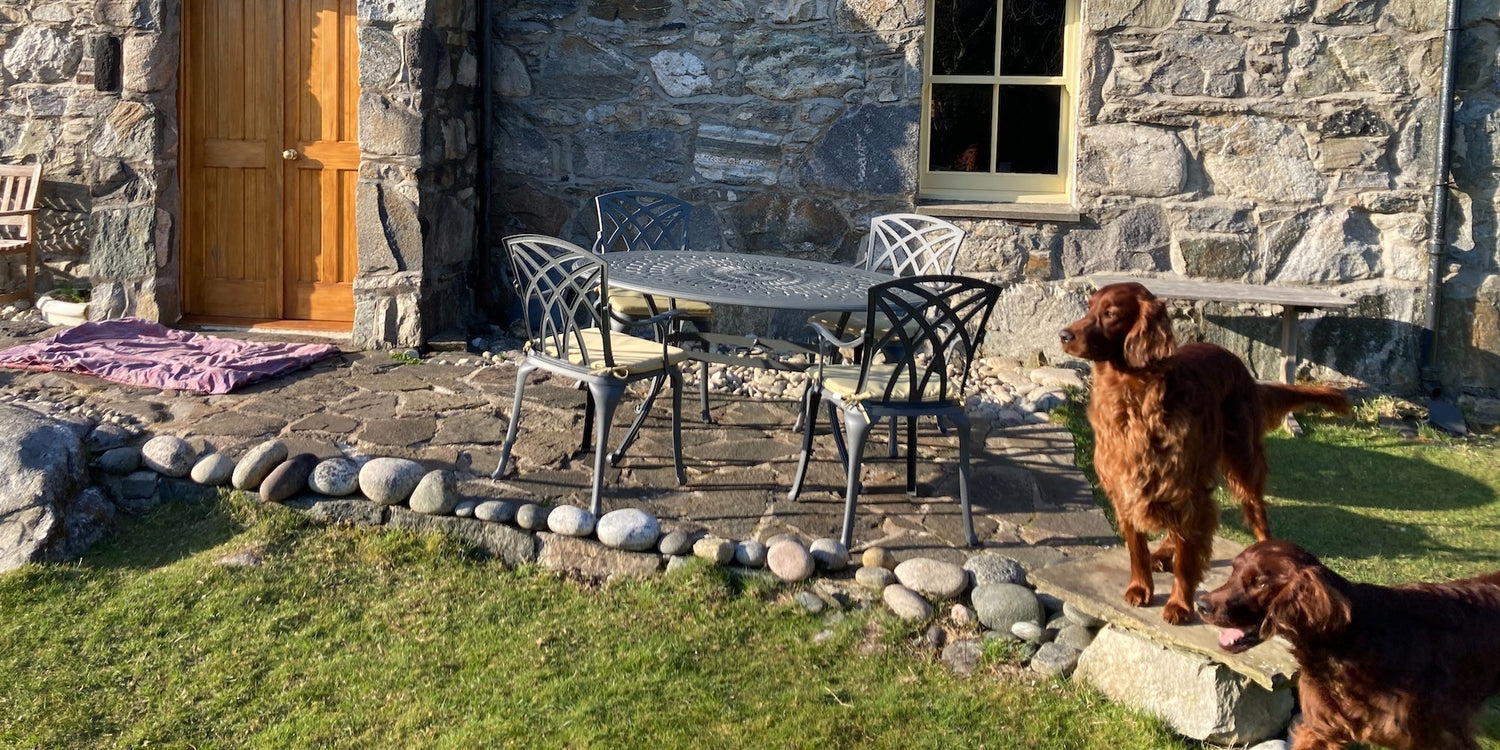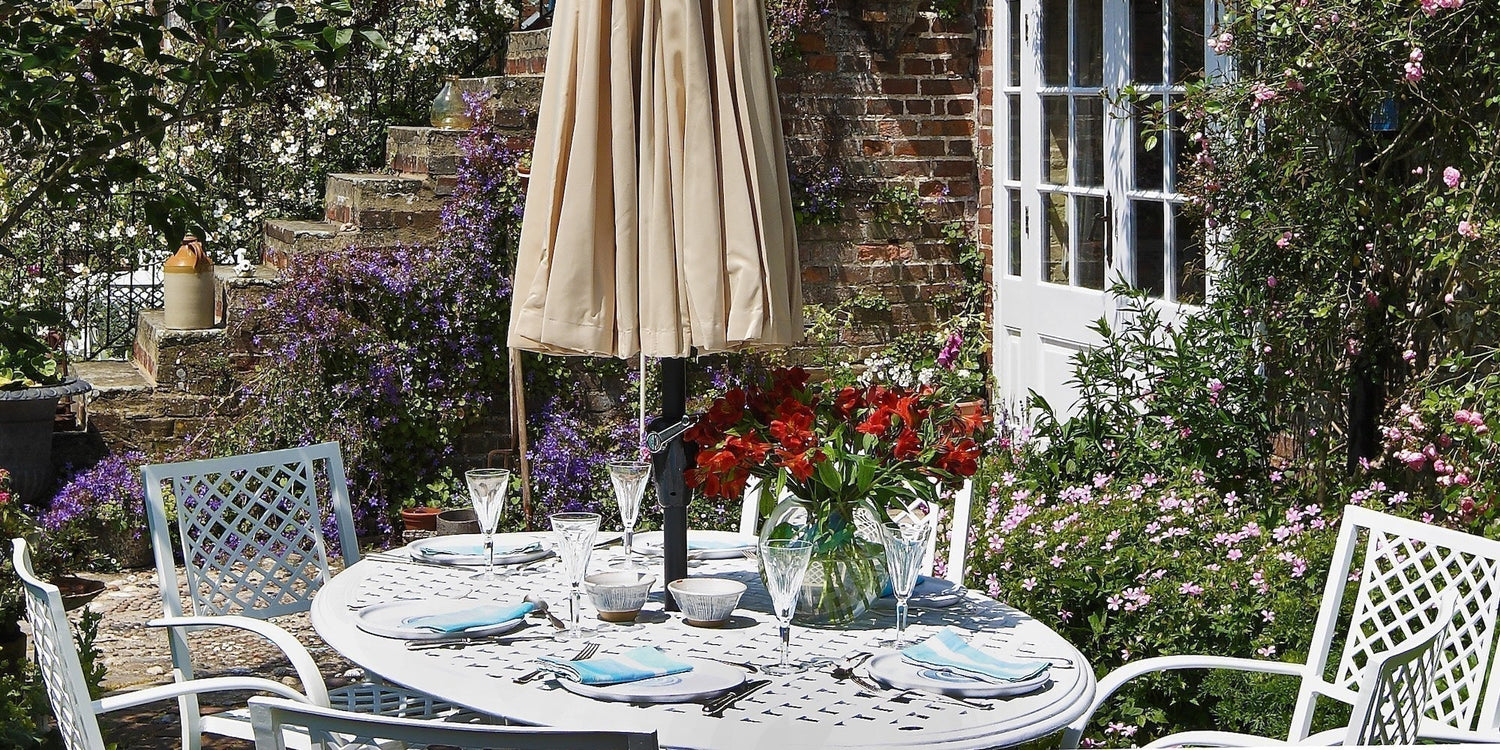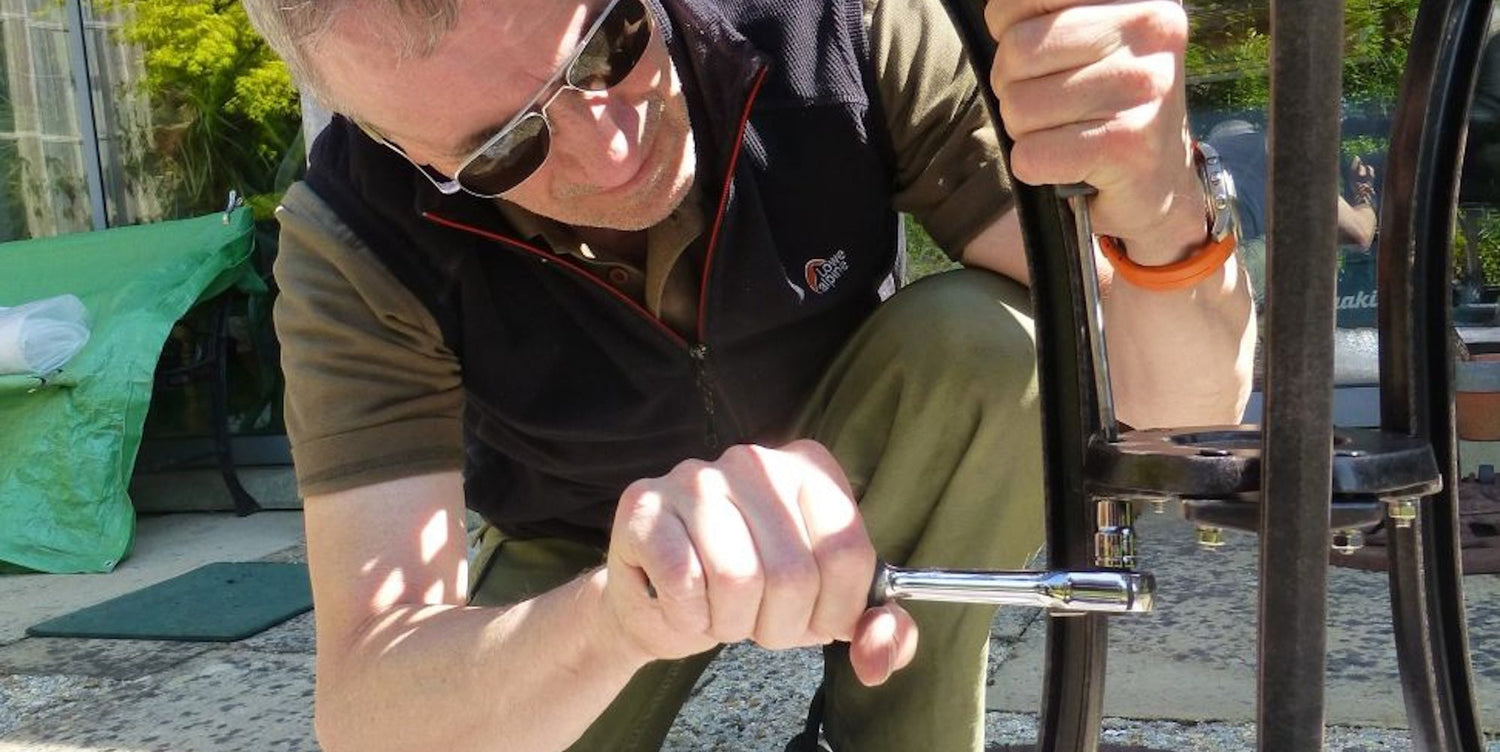Synthetic rattan, also known as poly-rattan, plastic rattan or resin rattan, is a manmade material designed to mimic the look and feel of natural rattan (made from the reed of the rattan palm plant).
In the outdoor furniture industry, it is typically made from reed-like strands of various plastics like polyethylene (PE), polypropylene (PP) or most commonly high-density polyethylene (HDPE).
The synthetic rattan is then woven around an aluminium frame to create wicker-style garden furniture in much the same way as its natural counterpart.
The result is furniture pieces that have a similar appearance but with much greater resistance to the elements and therefore suitability for outdoor use.
The advantages of synthetic rattan garden furniture

Unlike natural rattan, which can crack, fade, or easily become mouldy when exposed to moisture, synthetic rattan garden furniture is highly resistant to the sun and rain, making it ideal for our unpredictable climate.
Synthetic rattan is much more durable than natural rattan. It doesn’t degrade as easily when exposed to the elements and, as long as a good-quality plastic and a sturdy aluminium framework are used, much like our range, it can last for many years with minimal maintenance and the proper precautions.
To be honest, we would not even consider using natural rattan furniture outside in the UK. It is great for a summer room, conservatory or maybe even a fully covered outdoor area but it requires too much upkeep.
With the synthetic version, you simply clean it with soapy water and apply a protective finish. It does not need to be kept dry and treated with oils or preservatives.
Things to consider before you buy synthetic rattan furniture

It is worth stressing that not all synthetic rattan garden furniture is created equal.
Cheaper versions, when exposed to the elements, are often prone to cracking, splitting fading in the sun, and they will lose their “give” and become brittle over time, especially if the plastics used are not treated to be UV-resistant.
In our opinion, we would recommend you only consider rattan garden furniture made from high-density polyethylene (HDPE). It is the most durable type of poly-rattan and has a greater level of UV stability when compared to the lower-grade PP and PE plastics.
That said, while HDPE rattans offer many benefits and are the best quality of plastic, it is still plastic so there are a few drawbacks you need to consider before you buy, the big one being sustainability.
Yes, some brands offer more environmentally friendly options by using recycled plastics, however, the the production process and disposal of plastic still have a significant environmental impact.
Even though HDPE is treated to be UV-resistant, prolonged exposure to harsh sunlight will cause fading or discolouration over time.
Another important consideration when purchasing rattan garden furniture is the fact that whilst HDPE can mimic the look of the natural, it lacks the look, texture and feel of the real thing.
Despite these drawbacks, HDPE rattan garden furniture remains a popular choice for outdoor spaces in the UK due to its durability, weather resistance, and low maintenance requirements.
How to paint weather-damaged synthetic rattan

Over time, synthetic rattan garden furniture, regardless of which plastic is used, will show signs of wear. Fading from the sun or scuff marks from using are common. Luckily, you can refresh the appearance with the right approach and paints:
-
Clean
Prep is key so start by giving your rattan garden furniture a good clean. Dirt, dust, and grease can prevent the paint from adhering properly. Washing up liquid and warm water is all you need. Give it a good scrub with a soft-bristle brush or sponge. -
Rinse
When washed, hose it with a garden hose on a spray setting. Avoid using a pressure washer as they can gouge and split the soft plastic. Leave the furniture dry completely before moving on to the next step. -
Sand
If the surface is very smooth and glossy, lightly sand the synthetic wicker garden furniture using fine-grit sandpaper (220 grit should be sufficient) to roughen the surface. This will help the primer and paint bond better to the plastic surface. We like the sponge sanding blocks as they’re easy to hold and have angled edges that are great for getting into tight nooks and crannies. -
Wipe
Once sanded, hoover it with the brush attachment and wipe it down with a damp cloth to remove any sanding dust, and again, leave it dry thoroughly before moving on to the next step. -
Prime
Some spray paints are designed to adhere directly to plastic without the need for a primer. However, we prefer to prime regardless as it gives extra adhesion and a better finish. Spray primers work best as they’re easier to apply to the synthetic rattan weave. Allow the primer to dry according to the manufacturer’s instructions before moving on to painting. -
Paint
Look for a spray paint that is specifically designed for plastic surfaces and is suitable for outdoor use. You should also ensure it offers UV protection, as this will help prevent the new paint from quickly fading in the sun. Popular brands like Rust-Oleum, Krylon, and PlastiKote are good options for outdoor furniture and are easy to pick up from places like Amazon, B&Q, etc. In terms of colour, try and get as close as match as you can to the original. Colour changes are difficult with plastic rattans! -
Apply
When it comes to applying the paint, thin, even coats are the way to go. Work in a well-ventilated area and protect the surrounding surfaces with dust or protective sheets. Hold the spray can about 10 inches away from the surface and apply the paint in light, even sweeping coats. -
Repeat
Allow each coat to dry fully before applying the next. Avoid applying too much paint in one go, as this can cause drips and an uneven finish. Multiple light coats will give a better finish. -
Dry
After you’ve applied the final coat, allow the furniture to dry for the recommended time. Keep the furniture in a well-ventilated area to ensure the paint cures properly. The drying time may vary based on the paint you’ve used, but it can take anywhere from a few hours to a couple of days for the paint to fully cure.

Our final thoughts...
Spray paint will give you the best finish but it is messy and tricky to apply. A great alternative is chalk paint.
You can tackle a colour change with chalk paint but its a big job and the results are best when you give it a more rustic finish.
Start by following the steps above and clean the surface, rinse, sand, wipe and prime.
While most manufacturers state that their chalk paint will adhere directly to most surfaces, using a primer specifically designed for plastic or synthetic materials helps to improve adhesion, longevity, and finish.
Use a soft brush to apply the chalk paint, making sure you get in between all the strands and crevices of the rattan weave. You may need more than one coat for full coverage, so as with the spray paint, thin, light, and even coats are best.
Chalk paint is porous, so you must seal it with a clear wax or matte polyurethane to protect the paint and give you a smooth and durable finish.
For added durability, you should finish your newly painted rattan garden furniture, whether spray or chalk paint, with a clear protective sealant or a specialist topcoat that’s designed for outdoor plastic surfaces. This will help protect the paint from weathering.
If you have Lazy Susan outdoor furniture, then we’d love to see a few photos for our Do Some Good charity campaign. You can tag us @LazySusanFurniture on Instagram or Facebook or Upload Here.





